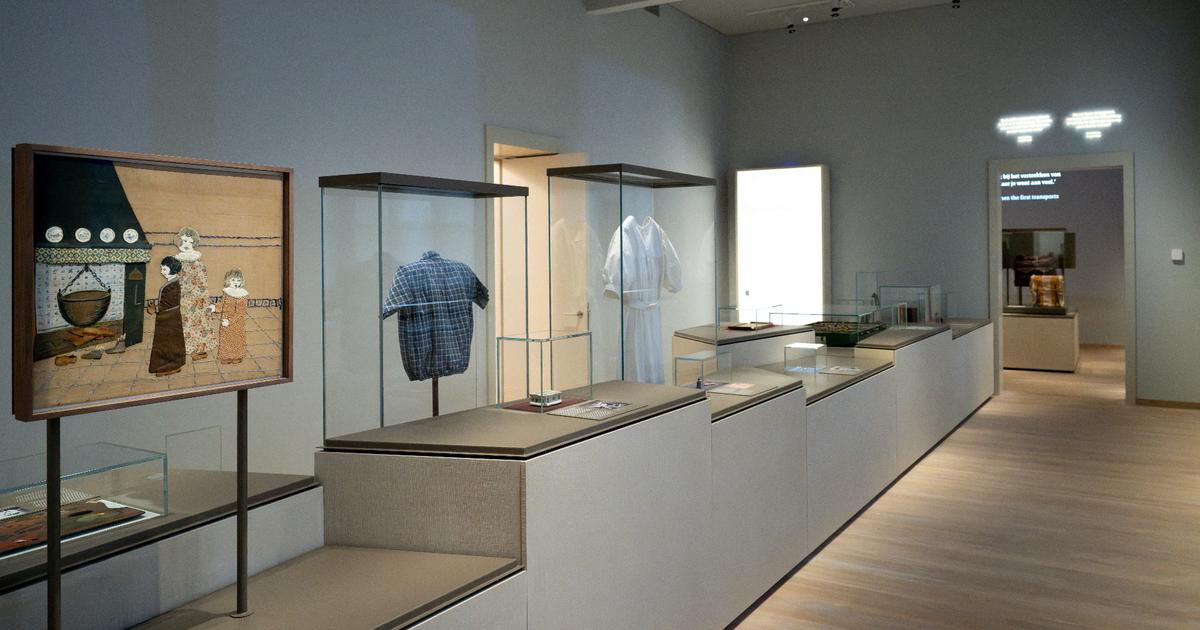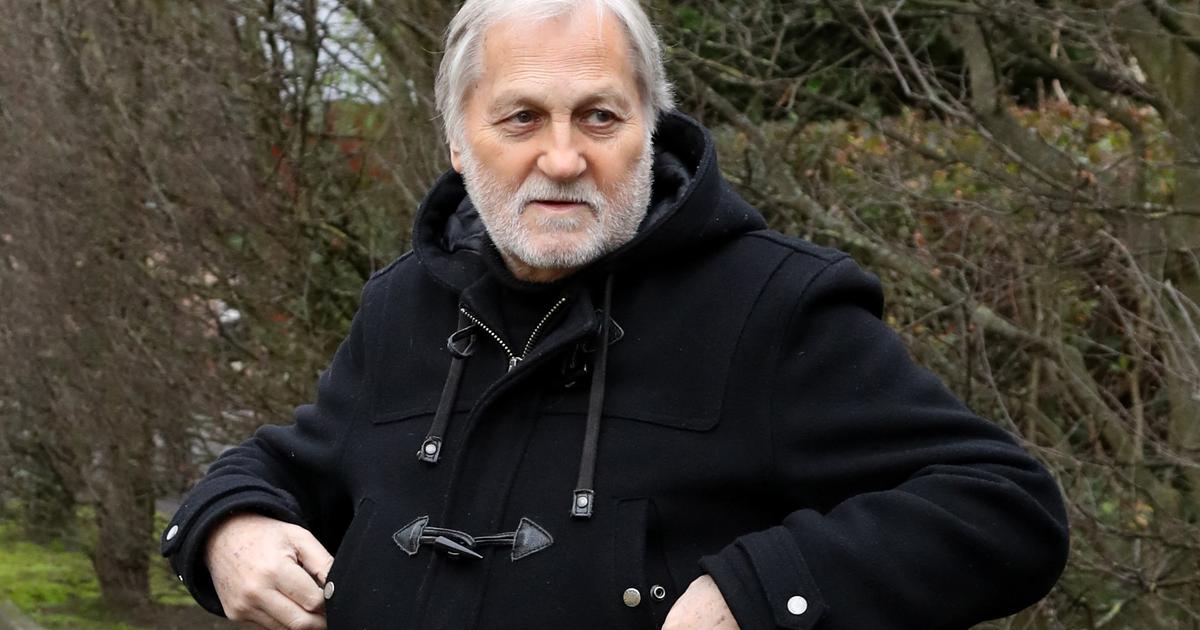A book published in the Netherlands in January has caused a stir with it's claim that a local Jewish notary was the one who revealed the annex in which Anne Frank and her family were hiding to the Nazis, whosubsequently deported the young girl, her sister, and their parents, to a concentration camp.
The Betrayal of Anne Frank: A Cold Case Investigation
, is authored by Canadian biographer and poet Rosemary Sullivan.
The Betrayal recounts the work of a team made led by Dutch journalist Pieter van Twisk and including American Vince Pankoke, a former FBI agent It has been released throughout the world and encountered no problems, except for in the Netherlands where the publisher Ambo Anthos, withdrew it in February, apologizing “to anyone who was offended.”
The group set out to address the fate of Anne Frank as a cold case — an unsolved crime — and have used artificial intelligence and data processing as well as consulting a behavioral psychologist.
They considered why a respected Jewish notary might have informed the Nazis of the Frank family's hideout at 263 Prinsengracht in the Dutch capital.
Over six years the team has ruled out about 30 suspects and scores of possibilities, attempting to fill gaps in information as time has elapsed.
Of the Frank family that had been hidden in the annex, only the father, Otto Frank, returned from the death camps.
Her daughter de ella is a global icon, with her diary and her fate de ella a symbol of innocence in tragedy.
Sullivan's book says it is “almost certain” that the Dutch Jewish Council had a list of locations where people were in hiding, on which the Frank family's may have been included.
The book notes that Arnold van den Bergh, a member of the Council, had contacts in high Nazi circles.
So, “he could have given that list up at any time.”
To approach a cold case, one begins by reviewing all previous investigations for new clues.
Speaking to EL PAÍS by phone, Vince Pankoke says that in this process one might speculate on what happened, and analyze the personality and biography of the suspects.
Pankoke says that, “we are not 100% sure,” the team found that van den Bergh was the most likely person to have triggered the raid in which Nazi police found the Franks.
“Although we cannot prove it beyond a reasonable doubt,” Pankoke continues, the team felt compelled to share their conclusions, because “it could have been a time bomb if discovered by anti-Semitic or neo-Nazi groups,” adding that the notary would have done so to save himself and his own family.
The speculation in the book has troubled several Dutch historians who specialize in the Holocaust and in the Dutch Jewish Council itself.
Bart van der Boom, a professor at the University of Leiden, says there is no evidence that the Council had the addresses of people in hiding.
Council members were respected people in the Jewish community, who “believed that opposing the Nazis would be much worse” than accepting the creation of the Council, a Nazi initiative.
“The idea that they would give a list to the Nazis is ridiculous,” says van der Boom.
“Jewish leaders did not decide who would be deported and they did not take charge of gathering people for it.”
That suggestion, adds the professor, “is one of the numerous errors of the book.”
Van der Boom goes on to say that the Dutch Jewish Council “was criticized by everyone after the war for collaborating with the occupier, and there were Nazis who tried to blame it to save themselves.”
In the book, van der Boom says that the cold case team points to a German translator's statement that they had heard the Council had the lists, and “that information is not credible.”
Indeed, in the historian's expert opinion, the book is “an amateur work;
all smoke and mirrors.”
Van der Boom has written to Rosemary Sullivan, in an appeal, he says, to her academic conscience.
He tells EL PAÍS that Sullivan responded “that she trusts the research.”
Both van der Boom and his colleague, Bart Wallet, Professor of Jewish History at the University of Amsterdam, are particularly appalled at a sentence by the author in the English version.
After stating that van den Berg, who died in 1950, “saved his family by giving the Nazis addresses, including 263 Prinsengracht,” Sullivan writes: “Perhaps he also paid a price.
He died of throat cancer.
In a strange way, it was appropriate: he lost the ability to speak.”
Wallet states firmly that an academic peer review process would not have permitted the book to be published in its current form.
Pieter van Twisk, the Dutch journalist, admits that the team expected criticism, especially in the Netherlands.
“I was not prepared, however, for the toxic atmosphere [that has been] created,” says van Twisk.
“We were not [deliberately] looking for a Jewish traitor, as has been suggested, and we believe that Otto Frank knew or suspected who ratted them out, because he said he did not want his children to suffer for it.”
“There are specialists who agree with us and do not dare to speak in order to preserve their reputation.
It's ridiculous.”
It also seems to van Twisk that the Dutch publisher Ambo Anthos has dropped the book for fear of a lawsuit by members of the van den Bergh family: “I didn't want to go to court with victims of the Holocaust.”
Pankoke, for his part, indicates that the book “is Rosemary Sullivan's interpretation of the interviews she did with us and the reports of our work.
There is a difference between what she interprets and the investigation itself.”
At any rate, Pankoke notes, “collaboration with the Nazis and the fate of Anne Frank” is a highly sensitive topic in the Netherlands.
The other main piece of evidence presented in the work is an anonymous note about the betrayal, sent after the war to Otto Frank.
The original has not been found, but a copy of the writing, known to academics, was among the documents of a Dutch police investigator, Arend van Helden, who investigated the matter between 1963 and 1964. The note says that Van den Bergh revealed the Franks' hideout to the Nazis, and that the department that received the tip-off “had a list of addresses (of Jewish people in hiding) also provided by him.”
Forensic examination by Pankoke's team confirmed that the copy “had come off Otto Frank's typewriter a couple of years before 1959.”
The team explored whether “the note was taken seriously in its day and if the lead was good.”
After discovering “that due diligence, an adequate review, had not been applied to confirm the allegations,” Pankoke's team deemed it a legitimate piece of evidence.
For Bart Wallet, the person who wrote it “misquotes the Nazi institutions, showing a lack of inside knowledge to make such a statement about the notary.”
Such notes, Wallet continues, were frequently sent between people after the war “as gossip, or to settle scores.”
In Wallet's opinion, if the list of hidden Jews had existed, “we would be facing one of the greatest traitors of the war and it would have been known, preventing his return to civilian life.”
To all of the above, there are added doubts about the whereabouts of the notary after the beginning of 1944. Anne Frank and her family were found by the Nazis in August of that year.
Pankoke points out that van den Bergh “was trying to go unnoticed or else he hid, because details are missing here.”
However, another Dutch historian has just found a wartime diary with an entry that places the notary in the town of Laren, near Amsterdam.
Van den Bergh obtained the necessary documentation to pass himself off as only partly Jewish, and thus had freedom of movement.
But a Nazi colleague who wanted his office had gotten that declaration annulled.
Due to this, and with his three daughters hidden since the end of 1943, the two historians consulted believe that van den Bergh and his wife went into hiding at the beginning of 1944, according to reports from his descendants in the 1970s, as the family had survived.
Regarding the response of historians in the Netherlands to the book, Pankoke suspects a case of “academic arrogance.”
“When historians don't like our findings, they reject them.
That the notary went into hiding does not prove that he did not give the lists to the Nazis before, or later.”
“In addition, academics state that he was a good person,” but, “I know from experience that decent people can do terrible things,” the former FBI agent concludes.

/cloudfront-eu-central-1.images.arcpublishing.com/prisa/OPSEJUM665CABBWEFIZP35W7IU.jpg)
/cloudfront-eu-central-1.images.arcpublishing.com/prisa/7C3LUM4R75AU5MMLTKFXM4GDUA.jpg)

/cloudfront-eu-central-1.images.arcpublishing.com/prisa/OFIE3IOCHJH4RI645WWWIXYPFM.jpg)




/cloudfront-eu-central-1.images.arcpublishing.com/prisa/ADJVOBGQTFEWRA3GTWEPGK5D7Y.jpg)





